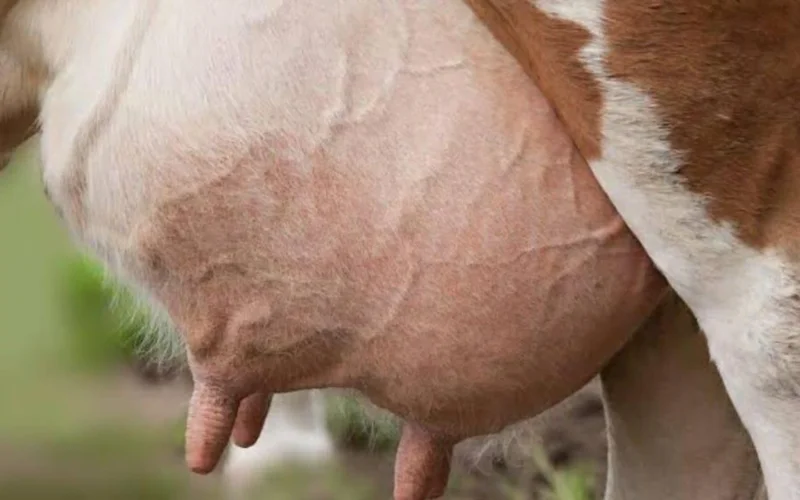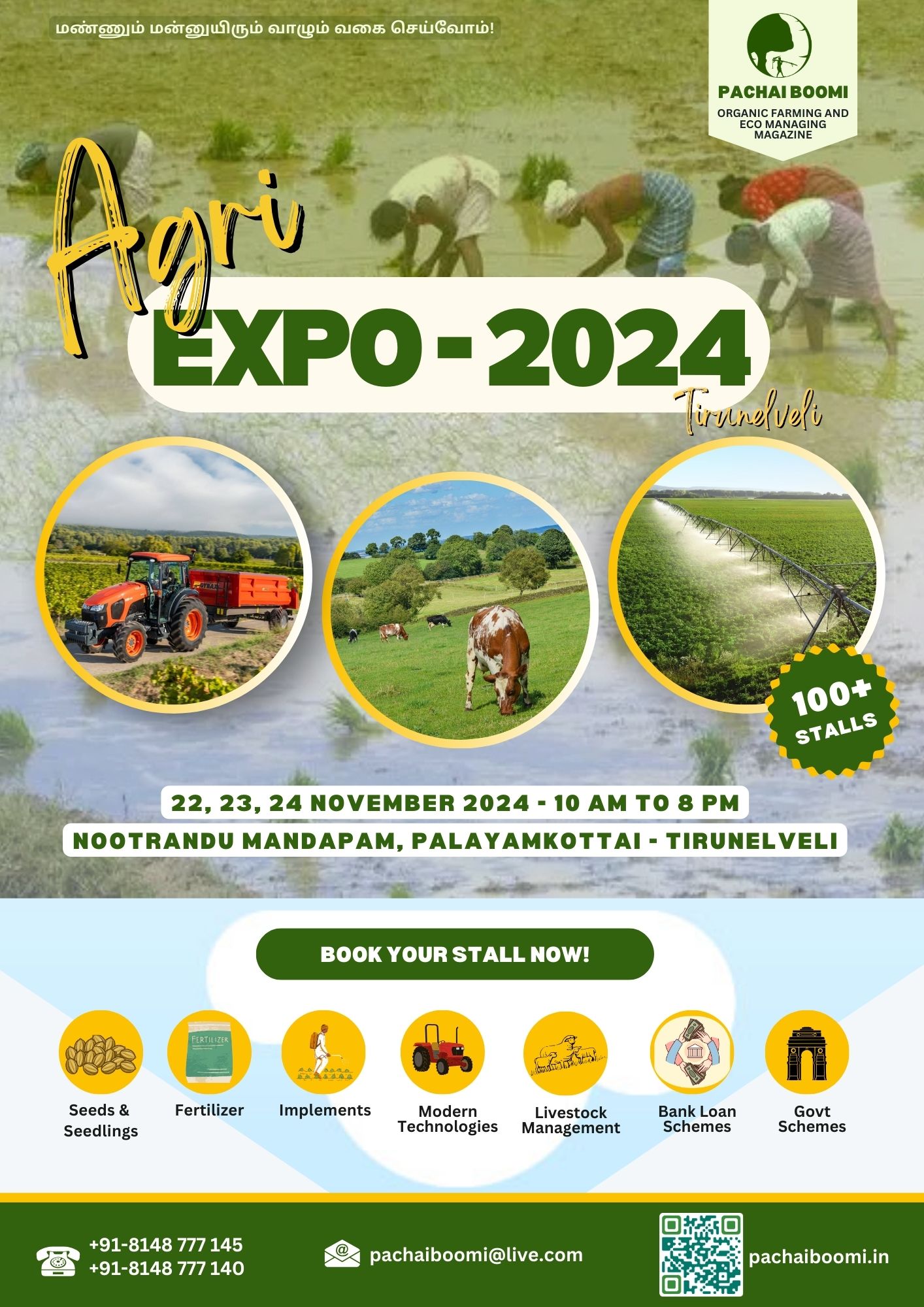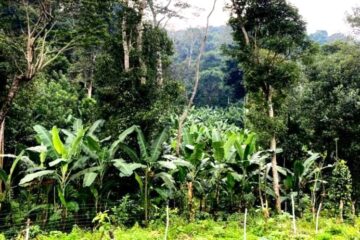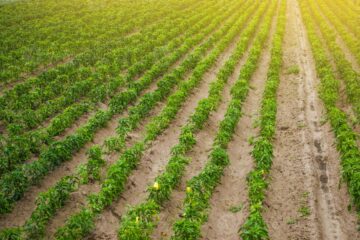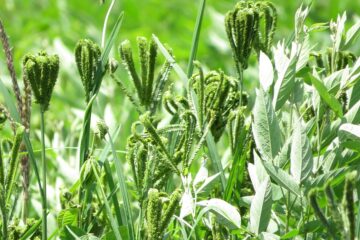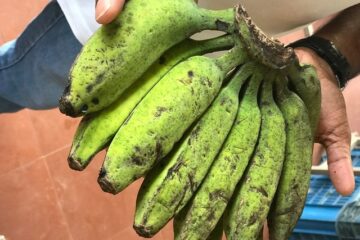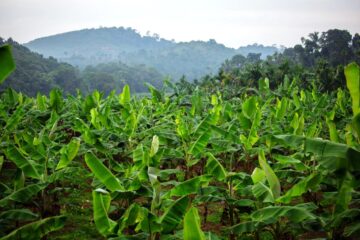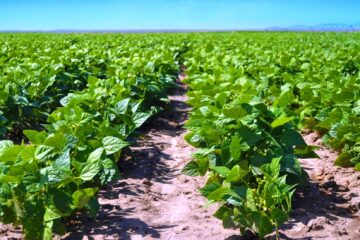Published Date: August 2017.
Due to the monsoon season, dairy cows are susceptible to various diseases. This can lead to reduced production capacity and even death of the cows. One of the most significant diseases causing economic loss during the rainy season is udder disease.
Hence, every dairy farmer should be aware of the causes, symptoms, care methods, and preventive measures for udder disease in dairy cows.
Causes of Udder Disease
There are several causes of udder disease. Primarily, microorganisms, toxins, and fungal infections strain the milk-producing tissues, causing the disease. This can affect part or all of the udder. Pathogens attack the milk-producing gland in the udder, leading to significant damage.
The disease can arise from factors such as ground cleanliness, udder hygiene, the milker’s hand hygiene, and the cleanliness of the milking machine. Pathogens can enter through blood or the teat canal, causing udder disease. Additionally, wounds, injuries in the udder, and unclean hands of the milker are also causes.
If a cow with udder disease is milked and the same hands or machine are used to milk another cow, the disease can spread. Incorrect milking techniques, such as squeezing the udder too harshly, can also cause udder disease. Cows with more than three or four lactations are more prone to this disease. Long teats and a pendulous udder are also more susceptible to injury and subsequent infection.
Generally, microorganisms enter through the teat canal when the cow lies on an unclean surface after milking, proliferating and causing udder disease. Although there are many causes, this disease is a significant infectious disease during the rainy season.
Symptoms
The affected part of the udder will be swollen and red. Typically, one or two quarters of the udder are affected. The swollen part will be warm and very painful to the touch. The cow may kick if the udder is touched. The affected quarter will produce less milk, which will be hot to the touch. The milk will be watery, yellowish, and may contain blood and pus. In severe cases, the affected part hardens and permanently loses its milk-producing ability.
Preventive Measures
During the rainy season, the cowshed should be kept clean and free of dung and urine. The shed floor should be thoroughly washed with disinfectants. Disinfectants such as iodophor, sodium hypochlorite, and chlorhexidine can be used. Milkers should clean their hands with soap and disinfect them before milking.
Before and after milking, the udder should be washed with a solution of one gram of potassium permanganate per liter of water. When using a milking machine, it should be thoroughly washed in cool water and disinfected after each use.
During the rainy season, avoid injuries to the teats and udder. Small wounds should be treated immediately to prevent infection. Adhere to a proper milking schedule and ensure the udder is fully milked out.
Daily monitoring of the udder is essential. The infected cow should be milked last. Do not use milk from the infected cow.
Treatment Methods
When symptoms are noticed, isolate the affected cow and consult a veterinarian for treatment. Early detection and treatment are crucial, as delayed treatment can lead to permanent damage to the milk-producing glands, making the udder non-functional.
Cows that do not produce milk are of no use. Therefore, to ensure profitable dairy farming, preventing udder disease is crucial. During the rainy season, preventive measures should be prioritized over treatment.
Herbal Treatment
If there is a delay in veterinary treatment, the following herbal first aid can be applied. For one cow, use 250 grams of Aloe vera, 50 grams of turmeric powder, and 5 grams of lime. Grind these into a thick paste, take a handful, mix with water, and apply it to the entire udder. Apply ten times a day for at least five days until the swelling reduces. Prepare the paste fresh daily.
A. Senthilkumar, B. Balamurugan, S. Murugesan, Farmer Training Center, Theni.

